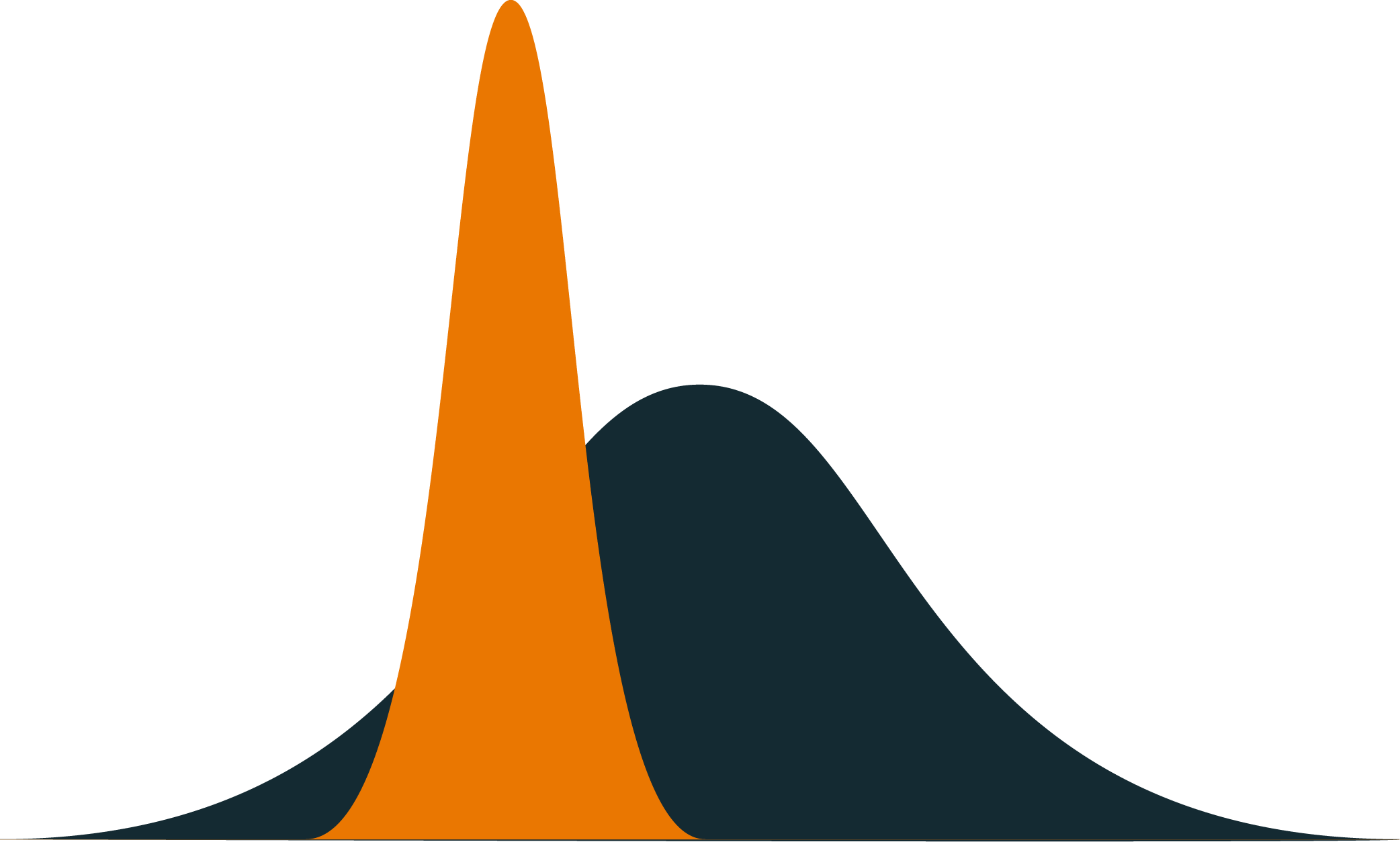4 On the Latitude Hypothesis
The first mention of this hypothesis regarding human populations dates back to at least 1973 (Bohlen & Simpson, 1973), with earlier hints of the idea coming from Erhard Haus and Franz Halberg in 1970 (Haus & Halberg, 1970, p. 101), building on discussions initiated by Jürgen Aschoff (Aschoff, 1969). Since then, numerous studies have explored this topic, yielding somewhat conflicting results1.
The hypothesis, also called the environment hypothesis (Horzum et al., 2015), posits that regions closer to the poles receive, on average, less annual sunlight compared to regions near the equator (Figure 4.1). Consequently, regions around latitude \(0°\) are thought to have a stronger solar zeitgeber. According to chronobiological theories, this stronger zeitgeber would enhance the entrainment of circadian rhythms with the light/dark cycle, resulting in lower variability of circadian phenotypes (Aschoff (1960); Pittendrigh (1960) Aschoff (1981); Pittendrigh & Takamura (1989); Pittendrigh et al. (1991)). This reduced influence of individual endogenous periods is illustrated in Figure 4.2.

Source: Reproduced from Hut et al. (2013, Figure 1).
In contrast, populations near the poles would experience a weaker solar zeitgeber, leading to greater variability for the expression of circadian phenotypes. This disparity also would translate into differences in mean chronotype: Equatorial populations would tend to exhibit a morningness orientation, while populations at higher and low latitudes would tend toward eveningness (Bohlen & Simpson, 1973; Roenneberg et al., 2003).
It’s important to emphasize that the latitude hypothesis is grounded in underlying circadian rhythms, not in self-reported morningness-eveningness (ME) preference. Self-reported preference can be influenced by extraneous factors, such as social constraints. Reducing this hypothesis to individual preferences undermines its theoretical foundation and introduces unnecessary confounders. Therefore, chronotype scales focusing on the preference aspect of ME may be unsuitable for testing this hypothesis. This is illustrated by Leocadio-Miguel et al. (2014) when discussing differences between the Horne-Östberg (HO) ME questionnaire (Horne & Östberg, 1976), which treats chronotype as a psychological construct (Roenneberg et al., 2019), and the Munich Chronotype Questionnaire (Roenneberg et al., 2003), which addresses chronotype as a biological construct, in the context of the latitude hypothesis.

Source: Adapted by the author from Roenneberg et al. (2003, Figure 7F).
While there is some compelling evidence for this hypothesis in some insect species (Hut et al., 2013), the same cannot be said for this association in humans. Some authors claim to found such an association (Randler (2008); Leocadio-Miguel et al. (2014); Horzum et al. (2015); Leocadio-Miguel et al. (2017); Wang et al. (2023)), but a closer look at the data reveals that the evidence is not as clear as it seems.
For example, Leocadio-Miguel et al. (2017) claimed to find a meaningful association between latitude and chronotype in a sample of \(12,884\) Brazilian participants using the HO questionnaire. However, the reported effect size was too small to be considered practically significant (even by lenient standards), with latitude explaining only approximately \(0.388\%\) of the variance in chronotype (Cohen’s \(f^2 = 0.00414\)) (Figure 4.3) (See the Supplemental Materials for an in-depth analysis of this result). Considering the particular emphasis that the solar zeitgeber has on the entrainment of biological rhythms (as demonstrated by numerous studies), it is unreasonable to assume that the latitude hypothesis could be supported without at least a non-negligible effect size.
The results from the latitude hypothesis underscore common limitations of studies that rely heavily on Null Hypothesis Significance Testing (NHST), particularly the overemphasis on \(p\)-values. A \(p\)-value does not quantify the magnitude of an effect; instead, it represents the conditional probability of observing the test statistic (or a more extreme value) assuming the null hypothesis is true (Cohen, 1994; Wasserstein & Lazar, 2016). As Cohen (1988, p. 16) emphasized, the objective of NHST is not to test whether the population effect size is exactly zero, but rather to assess whether it is negligible or trivial.
The HO scale comprises 19 items, with total scores ranging from 16 to 86; lower scores indicate a evening orientation, while higher scores reflect a morning orientation. Notably, the \(y\)-axis exaggerates the visual impact of the differences, as it spans a range of only approximately \(4\) points, which overstate the perceived significance of the effect.

Source: Reproduced from Leocadio-Miguel et al. (2017, Figure 2).
Several factors may undermine this hypothesis, such as selective light exposure and social constraints (Skeldon & Dijk, 2021). To gain a more accurate understanding of the mechanisms underlying chronotype expression, it remains crucial to test this hypothesis in larger samples and with robust statistical procedures. This study aims to address this gap.